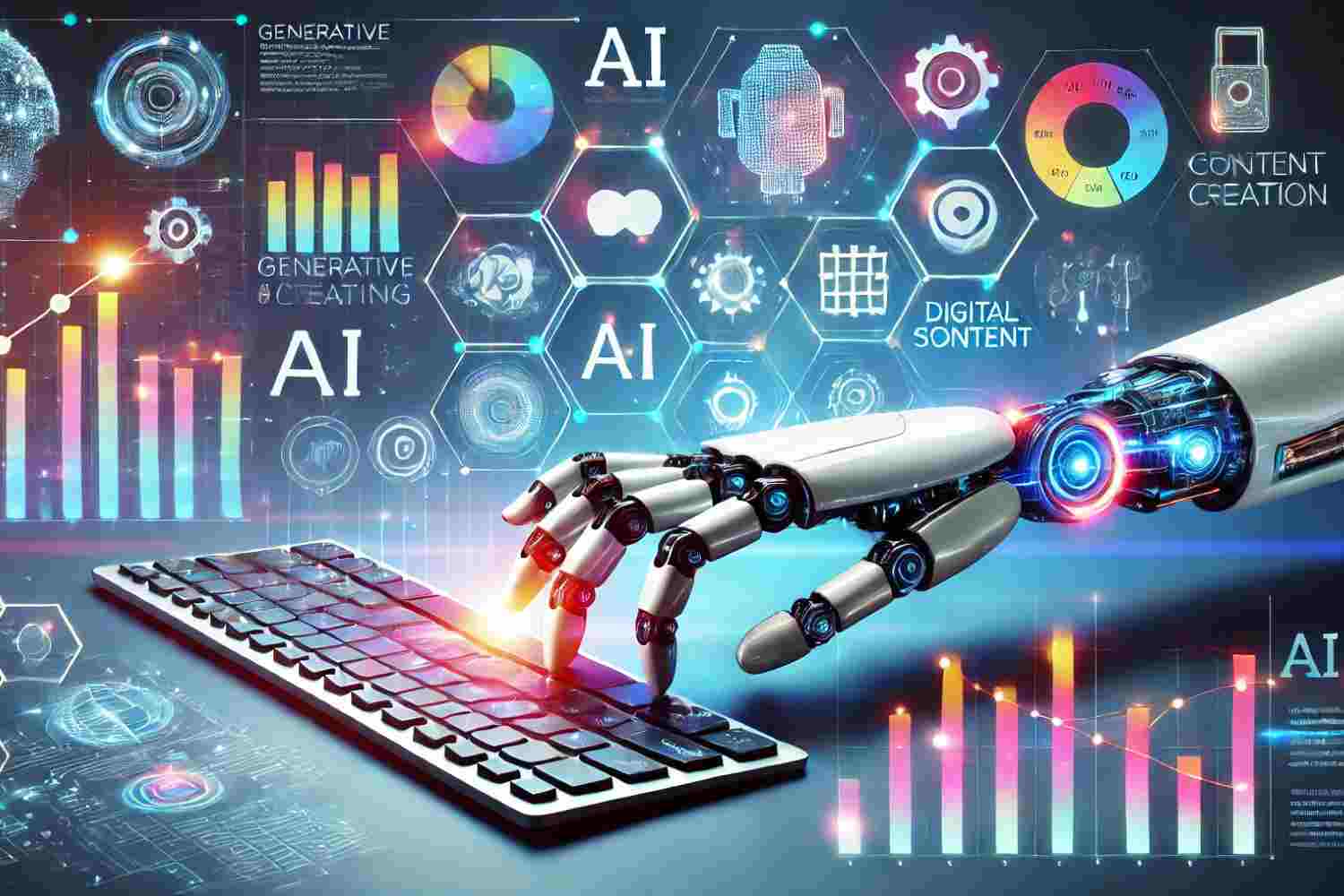With the continuous development of AI, artists, photographers, and videographers can now use them to optimize and automate their workflows. Most of these technologies AI empowers make it easier to get repetitive work done, reshaping the entire creative process and offering fresh avenues for exploration.
Enhancing Video Editing Workflows
AI video-editing software automates audio syncing, cutting, color correcting, and other vital tasks. These systems also offer to auto-stabilize shaky recordings, remove repetitive scenes, auto-crop, straighten misaligned video, indicate significant shot markers, and even suggest chapters, edits, and transitions. As stated VIDIO, ‘multimodal AI systems’ are capable of sophisticated holistic editing reasoning from content-aware understanding.
An example of an outstanding innovation is the Image to Video technology which allows creators to upload a still image and use AI algorithms to bring still objects to life by simulating movement or camera zooms. Tools such as Adobe Firefly and Sensei as well as Runway’s Gen-1 and Gen-2 models have the functionality to animate the still images into dynamic clips with motion graphics, AI-generated backgrounds, and filters.
AI Image Generator
Further past animating images, more sophisticated AI can produce completely new images based on descriptive text. The AI Image Generator ecosystem now includes Fotor, which released a text image generator in 2022 and expanded to video in 2024. Artisse AI and Luminar Neo also have Sky AI, Face AI, and Atmosphere AI that renders the environments, lighting, and backgrounds of images with remarkable realism (Wikipedia).
The possibilities are limitless: create and customize artistic images, background images, or automatically add and edit clouds or skies to images without manual precision. Google Photos also began offering HDR editing powered by machine learning, preserving the dynamic range and metadata during edits (Times of India).
Key Trends Transforming Video Editing
1. Synthetic Video and Audio
As we learned from Wikipedia, Google DeepMind’s latest generative model, Veo 3, can generate full resolution videos (1080p and above) along with perfectly synced sound, background audio, and even dialogue using images or text as prompts. Moonvalley, a startup founded by former DeepMind engineers, has developed Marey which gives filmmakers the ability to finely direct AI-powered scene merging and storytelling at a narrative level (TIME).
2. Personalization at Scale
By modifying captions, visuals, or even voiceover languages for different audience segments, video content is optimized for engagement. Such targeted marketing tools increase relevancy and conversions across different demographics and geographies (VERTU® Official Site).
3. Multimodal Content Understanding
Modern AI systems work with audio, visuals, text, and even emotions together. While past algorithms only selected interesting visuals, today’s AI makes smarter decisions to include important and meaningful moments when creating highlights and montages (loopdesk.ai).
Photo Editing: AI’s Quiet Revolution
Automated Enhancements
With a single slider, Enhance AI in Skylum’s Luminar Neo boosts exposure, structure, and composition, adjusting dozens of settings at once (Wikipedia). Google Photos offers similar functions with its HDR Editing and Photo Unblur tools, retaining image fidelity while editing (Times of India).
Subject Removal & Relighting
Apple’s Playground and Samsung’s Generative Edit mobile programs enable one-click removal of reflections, objects, and even background elements. What’s more, Samsung’s Generative Edit tops industry competitors by realistically covering exposed spaces with generative model textures. Hyper-realistic facial edits are possible with Artisse and Facetune, enabling expression and makeup changes, outfitting and lighting changes, even retrofitting video selfies (Wikipedia).
Creative and Ethical Aspects
- Transparency: Trust can be built and trust can be maintained by marking AI-generated sections of content (loopdesk.ai).
- Copyright & Consent: Marey’s method of using licensed stock video clips for his documentaries has legal implications (TIME).
- Creative Balance: Human editors as creative leads and AI as a co-pilot balance efficiency and storytelling since machines only excel in automating work (loopdesk.ai).
Integrating AI Into Your Workflow
- Test automated processes like captioning or background removal. Begin with them and see how well they work for you and your organization.
- Use text-to-image AI tools for quick concept art or B-roll creation. Test their full capabilities.
- Use personalization features to create different renditions of already existing content.
- Always label AI-generated pieces clearly. Follow relevant copyright laws and data provenance regulations.
Conclusion: The Future Possibilities With AI Are Limitless
New innovations such as Marey’s collaboration software, AI image generators, and AI image transformers will all be prevalent by 2025. AI will help creators focus on the deeper aspects of their work, such as the narrative and the emotions involved, the intricate artistic layers of their art.
Incorporating AI’s personalization options will jumpstart creative processes and workflows as we know them. With the new possibilities AI brings, previously unreachable creative goals become attainable. The rapidly changing world of technology brings new problems as it solves old ones; questions like how AI can assist with content editing are some that arise.







